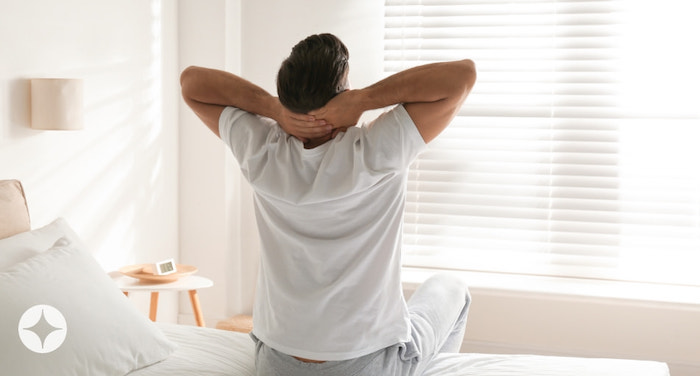
Living with a sleep disorder can be challenging, especially when it comes to managing your sleep therapy [1]. It's understandable that a significant number of individuals give up on their sleep therapy due to the numerous challenges that come with it [2]. However, with the right tools and information, it's possible to improve your sleep therapy experience and reap the benefits that come with it.
A recent study found that up to 46% of people with sleep disorders abandon their sleep therapy within the first year of treatment [3]. Here are some of the common challenges they face and some tips for resolving them:
1. Avoid Skin Irritation from Mask
Wearing a mask for extended periods can cause skin irritation and pressure sores, making it difficult to maintain your sleep therapy [4]. However, you can overcome this challenge by choosing the right size mask and using products like Liquicell or a gel mask that are gentle on your skin. Additionally, ensure that you clean your sleep equipment regularly to prevent bacteria buildup and further irritation.
2. Accommodate Your Hose with a Pillow
Many individuals find it challenging to fall asleep with sleep equipment on their face, particularly with the hose getting in the way [5]. A pillow that accommodates your hose can help alleviate this issue, making it easier to sleep while still using your sleep therapy equipment. The Core Double Edge Pillow is designed specifically for this purpose and is an excellent investment for individuals with sleep disorders.
3. Make Maintenance Easy with SoClean 3
Maintaining your sleep equipment is important for ensuring the effectiveness of your sleep therapy and preventing infections [6]. However, it can be time-consuming and cumbersome. SoClean 3 is the #1 device for sleep equipment maintenance and it's easy to use. It's an excellent investment for individuals who value the importance of regular equipment maintenance.
4. Organize Your Sleep Equipment with a Nightstand
Clutter in your bedroom can make it difficult to maintain your sleep therapy and make it more challenging to relax before bed [7]. A nightstand built for utility is an excellent solution to this problem. It can help organize your sleep equipment with features like side cut outs and sliding shelves, making it easier to keep track of everything and keep your bedroom tidy. SoClean offers these sleep equipment nightstands, in various finishes, that are specifically designed to organize your sleep equipment and fit into your bedroom decor.
5. Follow Good Sleep Hygiene Practices
Good sleep hygiene practices are essential for individuals with sleep disorders, even when using sleep therapy equipment [8]. These include sticking to a regular sleep schedule, limiting caffeine and alcohol intake, avoiding electronics before bed, and ensuring that your sleeping environment is comfortable and conducive to restful sleep. Implementing these practices can help improve your sleep quality and overall well-being.
In conclusion, living with a sleep disorder can be challenging, but it's possible to improve your sleep therapy experience with the right tools and information. By addressing common challenges such as skin irritation, hose placement, equipment maintenance, bedroom clutter, and following good sleep hygiene practices, individuals can enjoy the benefits of restful sleep and better overall health.
References:
Weaver TE, Maislin G, Dinges DF, et al. Relationship between hours of CPAP use and achieving normal levels of sleepiness and daily functioning. Sleep. 2007;30(6):711-719.
https://www.ncbi.nlm.nih.gov/pmc/articles/PMC2894628/
https://www.ncbi.nlm.nih.gov/pmc/articles/PMC4949215/
Kryger MH, Roth T, Dement WC. Principles and Practice of Sleep Medicine. 5th ed. St. Louis, MO




